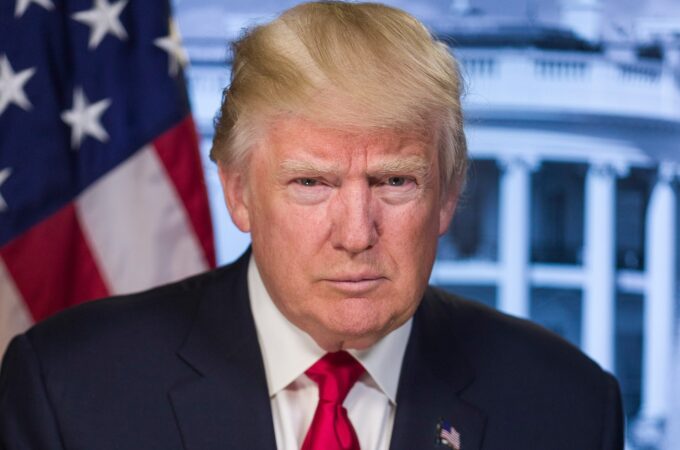Pentagon to Open Silicon Valley Office, Provide Venture Capital
THE WALL STREET JOURNAL: The Pentagon plans to open its first office in Silicon Valley and provide venture capital in an effort to tap commercial technology that can be used to develop more advanced weapons and intelligence systems.
Pentagon officials said the twin moves are part of a broader effort by the defense department to field technology more quickly and cheaply amid concerns that potential adversaries such as China are closing the gap or surpassing US capabilities.
However, the Pentagon’s push faces resistance from technology companies and the venture-capital community, which has long been wary of becoming ensnared in the department’s bureaucracy and uncertain budget outlook.
Defense Secretary Ash Carter is scheduled to unveil the plans in a speech at Stanford University on Thursday that will also discuss a new Pentagon strategy for cyberwarfare. The three-day visit to Silicon Valley will include meetings with technology executives such as Facebook Inc.Chief Operating Officer Sheryl Sandberg , as well as a venture-capital round table hosted by Andreessen Horowitz, according to a senior Pentagon official.
Hundreds of firms ranging from auto makers to banks and consumer product firms have set up offices in the Bay Area in an effort to boost their access to the best technology.
“The only folks that don’t have that presence are the government,” said Peter Newell, a former Army procurement officer who’s now managing partner at BMNT Partners, a Palo Alto, Calif.-based venture-capital firm that is one of the few in the Bay Area focused on defense work. “I’m surprised it’s taken them so long to have this epiphany.”
The Pentagon’s planned office in Moffett Field is expected to be up and running in a month, with around 15 staffers drawn from active-duty military and reservists. The Department of Homeland Security also plans an office in the area, it said this week, and Mr. Newell said two other government agencies had talked with him about similar moves.
The Defense Department had a significant role in Silicon Valley’s emergence as a global technology center during the 1970s, funding advances in microprocessing that were used to build precision weapons, and then applied to develop mass-market computing.
Now, the department is turning to commercial firms for advancements in 3-D printing, robotics, and using big data to mine intelligence.
Frank Kendall, the Pentagon’s acquisition chief, told reporters last week that he’s focused on attracting bids from companies that currently don’t vie for government work. He said the department needs to do a better at accessing and using commercial technologies.“Our potential adversaries are already doing so,” he said.
With many venture-capital firms avoiding investments in firms tied to government business, Mr. Carter will announce plans for the Defense Department to create its own funding vehicle.
The department plans to use In-Q-Tel, a venture-capital firm set up by the US intelligence agencies in 1999, as the conduit. It will provide a small amount of seed capital during a one-year pilot program with the firm, whose past investments have included Keyhole Inc., which later provided the core technology for Google Earth.
The Pentagon has toyed in the past with small-scale venture capital initiatives. The Army set up OnPoint Technologies in 2002, but its investments were limited to energy-related technologies. The Defense Venture Catalyst Initiative was created in 2005 as a loose-knit advisory group of financiers looked to tap technology for the military, but budget pressures have since curtailed its activity.
People pushing the Pentagon to become more innovative said it needs to offer commercial firms a route to use technology for both commercial and military purposes, expanding the potential marketplace.
It may also require major change at the Pentagon. “There’s a ‘fear of failure’ culture,” said Ben Kohlmann, a former Navy aviator who set up the Defense Entrepreneurs Forum. The network of junior officers generated and pushed innovative ideas, including the use of swarms of small drones to airlift supplies into hostile areas.
The pursuit of solutions to big problems—that might generate big financial returns for financial backers—is ingrained in the nation’s tech community. “It has to be done in the manner that the Valley does business,” Mr. Newell said of the Pentagon’s initiative. “They’re going to have to learn to expect some failures.”
While Mr. Kendall and other Pentagon leaders have pledged to reduce bureaucracy and trim other impediments such as ownership of intellectual property, there are concerns this could take too long to lure Silicon Valley.
“I don’t think they have a plan. It’s a structural problem [at the Pentagon],” said one executive with close ties to the department.





